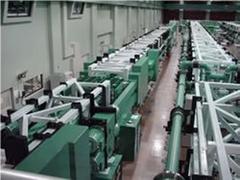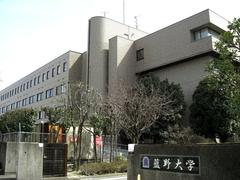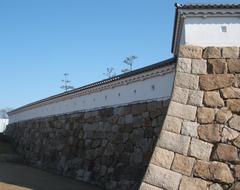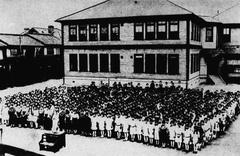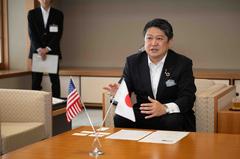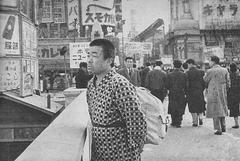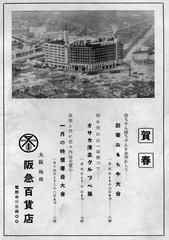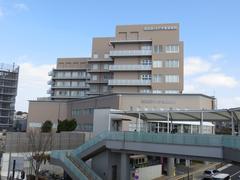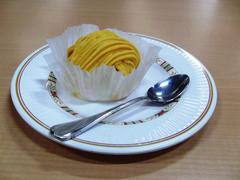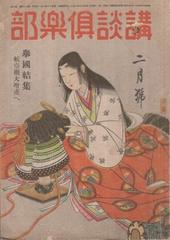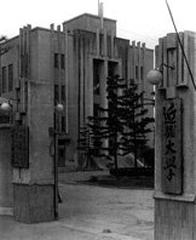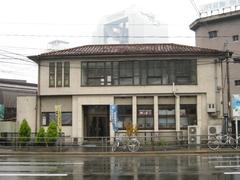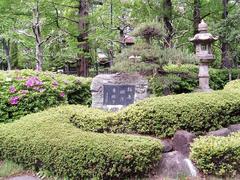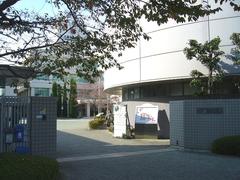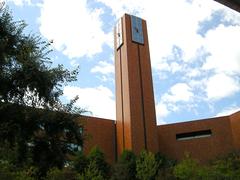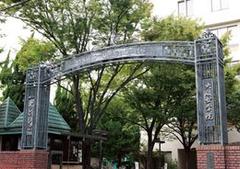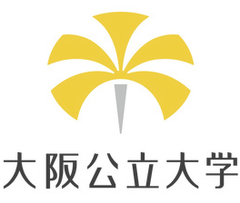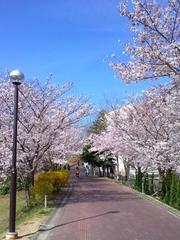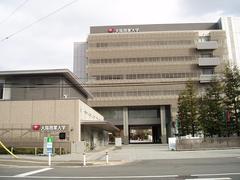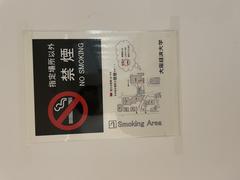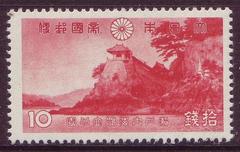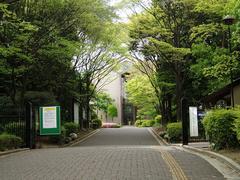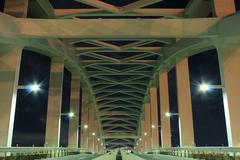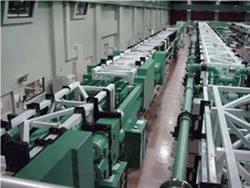
Osaka University Visiting Hours, Tickets, and Travel Guide
Date: 14/06/2025
Introduction to Osaka University
Osaka University is a prestigious academic institution in Osaka Prefecture, Japan, renowned for its blend of historical significance and modern innovation. Its origins trace back to pioneering schools such as Tekijuku (1838), which specialized in Western medicine, and Kaitokudō (1724), a merchant academy. As Japan’s sixth imperial university, established in 1931, Osaka University has continually evolved, notably merging with the Osaka University of Foreign Studies in 2007—a move that strengthened its international programs and cultural outreach (Osaka University History; Jmena Osaka University). With campuses in Suita, Toyonaka, and Minoh, and historical sites like Tekijuku and the Museum of Osaka University, the university offers visitors a unique journey through Japan’s educational legacy. This guide provides comprehensive details on visiting hours, ticketing, campus tours, accessibility, and nearby attractions, as well as insights into major events such as the Icho Festival (Osaka University 90th Anniversary).
Table of Contents
- Introduction
- Early Foundations: Tekijuku and Kaitokudō
- Osaka Imperial University and Expansion
- Merger with Osaka University of Foreign Studies (2007)
- Notable Alumni and Achievements
- Campuses and Visitor Information
- Nearby Attractions and Photo Spots
- Cultural Events and Community Engagement
- FAQ: Visiting Osaka University
- Conclusion
Early Foundations: Tekijuku and Kaitokudō
Osaka University’s roots are deeply connected to two historic educational institutions. Tekijuku, founded by OGATA Koan in 1838, was instrumental in introducing Western medicine and science to Japan. Kaitokudō, established in 1724, was a merchant academy that emphasized practical learning and social engagement. These foundations have shaped Osaka University’s enduring commitment to innovation, academic rigor, and community service (Osaka University History).
Visiting Tekijuku
The original Tekijuku building, preserved as a cultural heritage site, offers a unique look into early Japanese engagement with Western knowledge.
- Visiting Hours: 9:00 AM – 5:00 PM, Tuesday to Sunday (closed Mondays and public holidays)
- Admission: Free
- Location: Semba district, accessible via Osaka Metro
Informational displays and historical artifacts enrich visitors’ understanding of Japan’s medical and educational transformation.
Osaka Imperial University and Expansion
Established in 1931, Osaka Imperial University positioned the city as a major center for higher education. Early faculties included Medicine, Science, and Engineering, under the leadership of figures like physicist NAGAOKA Hantaro. Following World War II, the university expanded to integrate institutions such as Kaitokudō, broadening its academic and cultural scope (Engineering Science History).
Merger with Osaka University of Foreign Studies (2007)
The 2007 merger with Osaka University of Foreign Studies significantly enhanced the university’s global perspective. It expanded language programs and facilitated international research collaborations, supporting the university’s motto: “Live Locally and Grow Globally” (Jmena Osaka University).
Notable Alumni and Achievements
Osaka University counts among its alumni Nobel Laureate Hideki Yukawa and other leaders in medicine, engineering, and the sciences. Its academic reputation is reflected in consistent high rankings—4th in Japan and 71st globally in the QS World University Rankings 2019 (Jmena Osaka University).
Campuses and Visitor Information
The university’s three main campuses—Suita, Toyonaka, and Minoh—each host specialized faculties, state-of-the-art research facilities, and visitor-friendly amenities.
Museum of Osaka University
Located on the Suita Campus, the Museum of Osaka University showcases artifacts that narrate the institution’s history and scientific legacy.
- Opening Hours: 10:00 AM – 4:30 PM, Tuesday to Saturday (closed Sundays, Mondays, and public holidays)
- Admission: Free
- Location: Suita Campus
Visitor Details and Guided Tours
- Campus Access: All campuses are accessible via Osaka Metro and local buses. Visitor centers provide maps and information.
- Guided Tours: Periodic tours are available, including visits to historical sites. Check the official website for updated schedules.
- Accessibility: Campuses and museums offer facilities for visitors with disabilities to ensure a comfortable experience.
Nearby Attractions and Photo Spots
Osaka University’s campuses are conveniently located near several city landmarks:
- Nakanoshima Park: A scenic riverside park known for its gardens and art museums.
- Osaka Castle: One of Japan’s most iconic historical sites, easily accessible by public transport.
- Vibrant Shopping Districts: Including Umeda and Dotonbori, ideal for dining and entertainment.
Picturesque photo opportunities abound, especially at the Tekijuku building and the university museum, which feature traditional architecture and historical ambiance.
Cultural Events and Community Engagement
The annual Icho Festival in May is a highlight, featuring academic exhibitions, cultural performances, and campus tours. This event offers visitors a lively introduction to university life and Japanese student culture (Osaka University 90th Anniversary).
FAQ: Visiting Osaka University
Q: What are the visiting hours for Osaka University’s historical sites?
A: Tekijuku: 9:00 AM – 5:00 PM (closed Mondays); Museum of Osaka University: 10:00 AM – 4:30 PM, Tuesday to Saturday.
Q: Is there an admission fee?
A: Admission to major historical sites and museums, including Tekijuku and the university museum, is free.
Q: Are guided tours available?
A: Yes. Check the university’s official website or visitor centers for current tour schedules.
Q: How do I get to Osaka University?
A: All campuses are served by Osaka Metro lines and local buses. Detailed directions are provided on the university’s website.
Q: Is the university accessible for visitors with disabilities?
A: Yes, all campuses and museums provide accessible amenities and assistive services.
Conclusion
Osaka University offers a unique fusion of historical heritage and academic excellence. Visitors can immerse themselves in Japan’s educational history, explore preserved sites like Tekijuku, participate in cultural festivals, and engage with modern university life. For the best experience, consult official resources for up-to-date details on hours, tours, and events, and take advantage of the university’s excellent accessibility and nearby attractions.
Call to Action
Ready to explore Osaka University’s history and vibrant campus life?
Download the Audiala app for interactive campus maps, guided tour schedules, and insider tips. Follow us on social media for the latest updates on Osaka’s educational and cultural landmarks!
Osaka Castle: A Timeless Symbol of Osaka
Overview
Osaka Castle, one of Japan’s most celebrated historical monuments, stands as a testament to the nation’s feudal era and architectural mastery. Constructed by Toyotomi Hideyoshi in 1583, the castle played a pivotal role in Japan’s unification and has been restored multiple times, most recently in 1931. Today, it houses a museum, offers panoramic city views, and is surrounded by picturesque parklands.
Visiting Information
- Opening Hours:
- March–November: 9:00 AM – 5:00 PM (last entry 4:30 PM)
- December–February: 9:00 AM – 4:30 PM (last entry 4:00 PM)
- Closed: December 28 – January 1
- Tickets:
- Adults: ¥600
- Children (15 and under): Free
- Group discounts for 20+ people
- Access:
- By Train: Osakajokoen Station (JR Loop Line), 5-minute walk; Tanimachi 4-chome Station (Osaka Metro), 10-minute walk
- By Bus: City buses stop near the park entrance
Highlights
- Main Tower Museum: Displays artifacts, historical documents, and multimedia exhibits.
- Observation Deck: Offers sweeping views of Osaka city.
- Nishinomaru Garden: Renowned for cherry blossoms in spring (over 600 trees).
- Events: Annual cherry blossom festival, seasonal illuminations, and traditional performances.
Visitor Tips
- Best Time to Visit: Spring (cherry blossoms) and autumn.
- Accessibility: Elevators and accessible paths are available.
- Nearby Attractions: Osaka Museum of History, Dotonbori, and Umeda District.
FAQs
- Is Osaka Castle Park free?
Yes, park entry is free; main tower/museum requires a ticket. - Are guided tours available?
Yes, in English and Japanese. - Can I bring food?
Not inside the tower, but picnics are allowed in the park. - Is it suitable for children?
Yes, with engaging exhibits and spacious grounds.
Visual

External Resources
Summary and Visitor Tips
A visit to Osaka University provides unmatched insights into the evolution of Japanese education, from its historic Tekijuku and Kaitokudō origins to its present-day role as a global academic leader. The university’s open and accessible facilities, free admission to major sites, and proximity to notable Osaka attractions—including Osaka Castle—make it an ideal destination for cultural explorers and history enthusiasts (Osaka University History; Osaka University 90th Anniversary). For a seamless experience, use official resources and apps like Audiala for navigation and updates. Don’t forget to check current schedules for tours and events, and explore other historical sites in Osaka for a comprehensive cultural journey (Jmena Osaka University).
